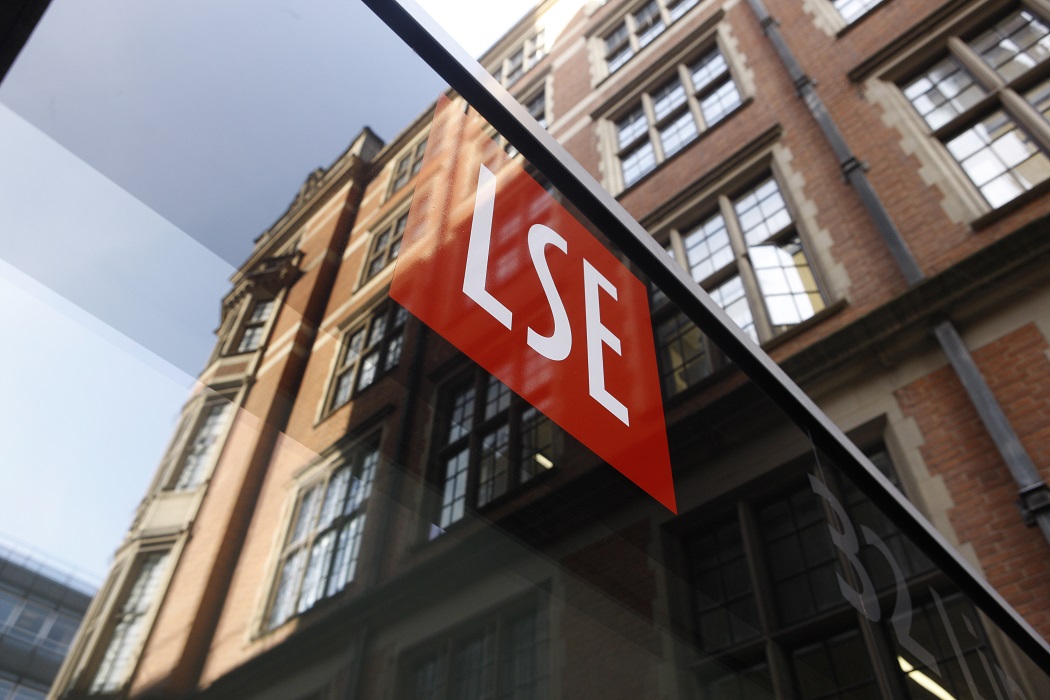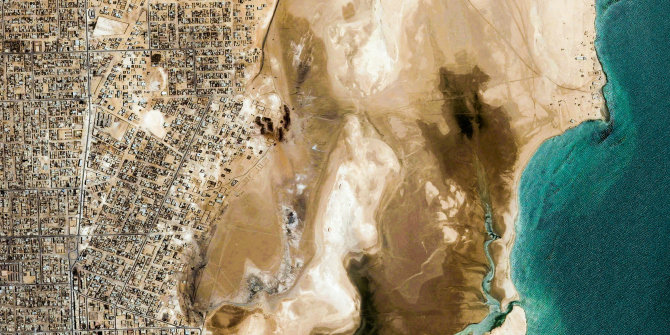Ireland’s European elections will be held on 24 May, with local elections also being held on the same day. Rory Costello writes that despite the importance of the Brexit negotiations for Ireland, the European election campaign has so far been surprisingly low-key, reflecting the degree of stability that has returned to the country’s politics since the turbulence of the financial crisis.
Thanks to Brexit, the EU has never been more prominent in the minds of Irish voters. The seemingly interminable negotiations have dominated the news cycle in Ireland over the past two years. It is not hard to understand why. The economic fallout from Brexit is potentially greater in Ireland than anywhere else (apart, possibly, from the UK itself). The prospect of a hard border between the Republic and Northern Ireland has heightened tensions and has raised fears of a return to violence. Given all this attention, Irish voters are now more informed and opinionated about the EU than ever before.
Yet for all this, the upcoming European Parliament elections in Ireland (happening on the same day as local elections) are proving to be remarkably low-key. There are two main reasons for this. First, while Brexit is an extremely salient issue in Ireland, it is not a divisive one. Support for ‘Irexit’ is virtually non-existent (despite occasional comments made in the UK media that the easiest solution to the border problem would be for Ireland to follow the UK out of the EU). Indeed, support for EU membership has only increased as a result of Brexit; the most recent survey has found that 93% of people believe that Ireland should remain in the EU.
The political parties are similarly united: more than a dozen parties are competing in the election, but only one (the newly formed Irish Freedom Party) is calling for Ireland to leave the EU. All of the major parties broadly support the government’s negotiating position on Brexit, which centres around defending the ‘backstop’ at all costs (this is an agreement reached in 2017 whereby Northern Ireland would remain in the customs union and maintain regulatory alignment with the EU, unless an alternative arrangement is found that avoids the need for a hard border).
The second reason for the low-key nature of the election campaign in Ireland is that Irish party politics has entered a period of relative stability. Like other countries that were badly affected by the economic crisis, the Irish party system experienced enormous turbulence over the past decade. However, unlike some other countries, the party system in Ireland has now reverted back to a shape that is not too dissimilar to what came before: more fragmented, certainly, but the two largest parties remain the centrist Fine Gael and Fianna Fáil, just as they were eighty years ago. Since the last general election in 2016, there has been no significant change in the level of support for the various parties. Given that European elections have traditionally been treated as a barometer to measure the standing of the political parties ahead of the next national election, this stability diminishes the significance of the elections in Ireland.
Issues and candidates
Ireland has a candidate-centred electoral system, and politics tends to be highly personalised. Success in elections depends to a significant degree on name-recognition. Due to the very large constituencies in European elections, the traditional method of door-to-door canvassing is not very effective. As a result, parties often try to bring in some well-known figures from outside politics to boost their ticket. A good example is Maria Walsh, the winner of the popular ‘Rose of Tralee’ contest, who is standing for Fine Gael. The personalised nature of Irish politics means that elections are not dominated by issues to the extent that they otherwise might be.
It also means that independent candidates are a strong feature of Irish elections. Roughly one-third of the candidates in this election are running as independents. Independents typically (though not exclusively) campaign on a platform of ‘standing up for the constituency’, or on some particular national or local issue. For example, in this election there are candidates running on platforms of reforming the Irish health system and of tackling the housing shortage. As these are not issues on which an MEP can have much of an impact, it may seem strange that they choose to run in European (as opposed to national) elections. Yet independents do have a good track record in European elections, and are again expected to do well this time. There is considerable interest in the fortunes of Peter Casey, an independent who came second in last year’s Presidential election, when he ran a controversial campaign that included negative comments about Ireland’s minority Traveller community.
There are also some issues featuring in the campaign that are relevant to the European Parliament. Chief among these are climate change (and other environmental issues), and the potential for an EU army. The growing salience of environmental issues may boost the fortunes of the Green party, who are slowly rehabilitating following their participation in the ill-fated government of 2007-2011, at the time of the economic collapse.
There is virtually uniform opposition to the idea of a common EU army among the political parties and very little public support for the idea. Fine Gael (a member of the European People’s Party) found themselves in the awkward position of having to distance themselves from the comments of EPP Spitzenkandidat Manfred Weber calling for a permanent multinational armed force for the EU. There is also controversy over the PESCO defence-cooperation framework, with Sinn Féin and several other parties highly critical of the government’s decision to join.
Expected outcome
In terms of the outcome, it is expected that the two largest parties, Fine Gael and Fianna Fáil, will dominate. Fine Gael are likely to retain their four seats, while Fianna Fáil are certain to improve on their poor performance in 2014. Sinn Féin, who were the major story of the 2014 European elections in Ireland, will fight to hold on to their three seats. Several independent candidates are likely to win, while the Greens will be hopeful of a return to the European Parliament after an absence of twenty years.
Note: This article gives the views of the author, not the position of EUROPP – European Politics and Policy or the London School of Economics. Featured image credit: mark gusev / Shutterstock.com






Do Ireland have only right wing nationalist parties like Fianna Fail, Fine Gael and Sinn Fein from which the other two emerged? Are there no Social democrats Socialist or Labour Parties.? They were not mentioned in this Article You would think they do not exist if you read this analysis.
Can you correct this?
Poor Analysis.
Sinn Fein are not a right wing party but a socialist one, they sit in the GUE/NGL group in the European Parliament and their manifestos are generally quite leftist.
Both Fine Gael and Fianna Fail are fairly centrist- FF is a member of ALDE and FG is generally considered a christian democratic party.
There are a variety of smaller leftist parties other than SF, but this end of the political spectrum is very fragmented. The article does mention the Green Party, which has a generally leftist profile.
SF are not a ‘right wing nationalist’ party, they are a socialist party that sit in the GUE/NGL group in the European Parliament. There are other smaller leftist parties (the article mentions one of them, the greens), but they are currently quite fragmented and cannot be considered major parties likely to win EP seats. Its also strange to call FF and FG ‘right wing nationalist’ as well, FF is a member of ALDE and FG is generally considered a christian democratic party.
Typically, literature by left-wing authors defines SF as leftist, but nationalist first (which Marxists tend to find objectionable). There are two small Trotskyist parties, the Socialists and the Socialist Workers’ Party, which in turn form an alliance in parliament despite doctrinal clashes. The social democratic family is represented by Labour, briefly the second-largest party in the country (2011-16) and the Social Democrats, a breakaway.
Because the Republic of Ireland never really industrialised, and because the national struggle tended to take priority over class, Ireland never had a strong social democratic or Marxist left. The Catholic Church wasn’t too amenable to such parties either.